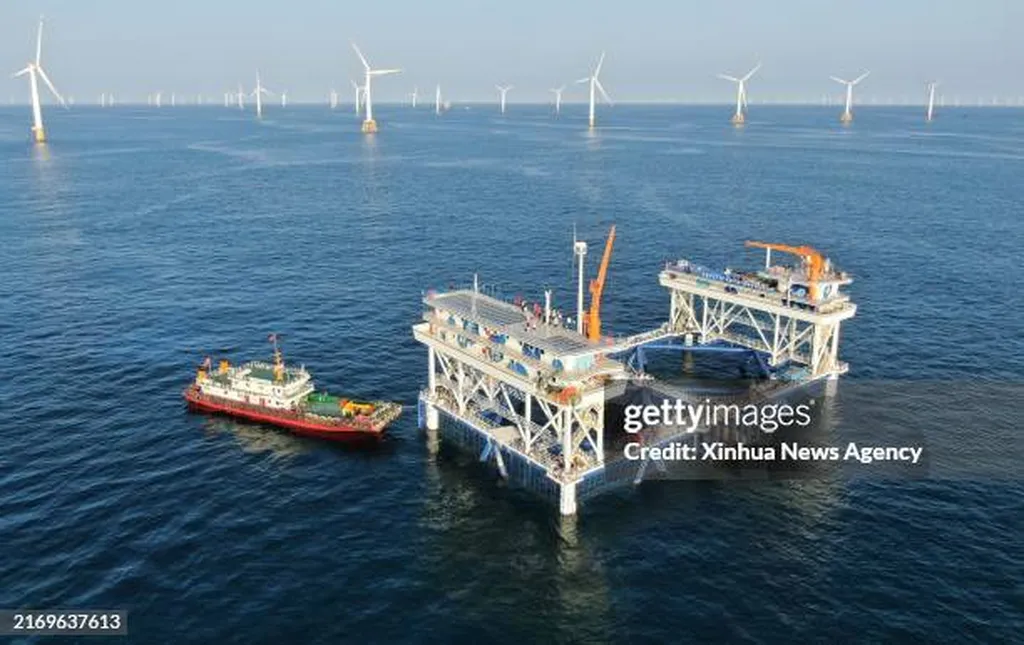In the heart of China’s ambitious push towards carbon neutrality, offshore wind power is emerging as a cornerstone of the nation’s renewable energy strategy. A recent study published in *Power Engineering and Technology*, led by Jizhong Zhu of the School of Electric Power Engineering at South China University of Technology, delves into the critical aspects of integrating large-scale offshore wind farms into the grid, offering insights that could reshape the energy landscape.
Offshore wind power, with its vast potential, is poised to play a pivotal role in China’s quest to peak carbon emissions by 2030 and achieve carbon neutrality by 2060. However, the successful integration of this intermittent energy source into the grid presents significant challenges. Zhu’s research provides a comprehensive review of the current state of grid integration technologies and optimization scheduling methods for offshore wind power.
The study analyzes the spatiotemporal characteristics and aggregation strategies of large-scale offshore wind power clusters, shedding light on their operational mechanisms and evaluation frameworks within new energy systems. “Understanding these characteristics is crucial for developing effective grid integration strategies,” Zhu explains. The research also examines typical engineering cases, providing valuable real-world context to the theoretical discussions.
One of the key focuses of the study is the optimization scheduling of offshore wind power grid integration. Zhu and his team review the composition of energy systems incorporating offshore wind power, identifying scheduling issues and optimization methods. This aspect of the research is particularly relevant for energy sector professionals, as it directly impacts the commercial viability and efficiency of offshore wind projects.
The study also forecasts the development trends of grid integration and operation of offshore wind power in new energy systems, highlighting key technical directions that require further study. “Our aim is to provide a reference for subsequent research and promote the high-quality development of offshore wind power,” Zhu states.
The insights gleaned from this research could significantly influence the future of offshore wind power in China and beyond. By addressing the challenges of grid integration and optimization scheduling, the study paves the way for more efficient and reliable offshore wind projects. This, in turn, could accelerate the adoption of renewable energy, contributing to global efforts to combat climate change.
As the energy sector continues to evolve, research like Zhu’s serves as a guiding light, illuminating the path towards a sustainable and carbon-neutral future. The study not only advances our understanding of offshore wind power integration but also underscores the importance of continued innovation and research in this field.

